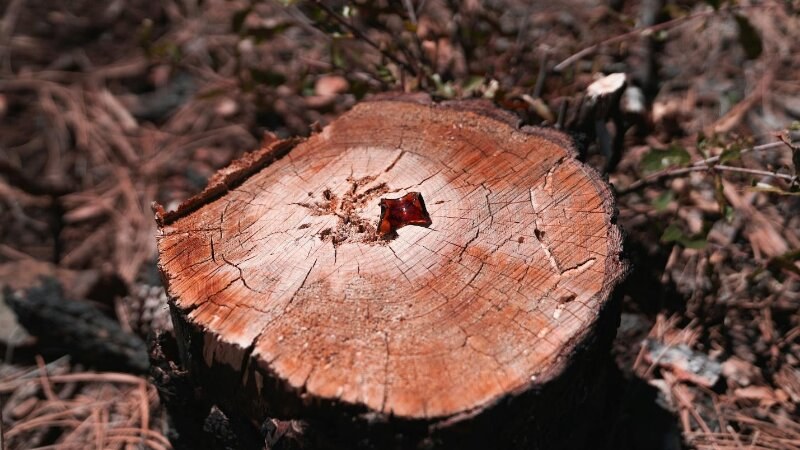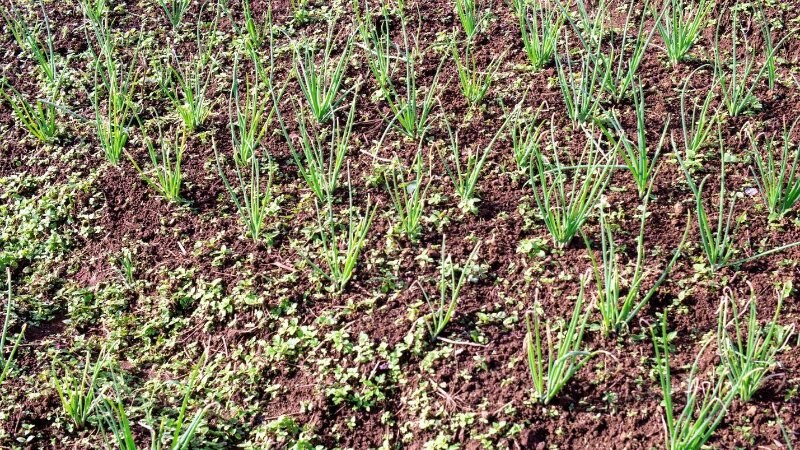Post-Stump Grinding Care: How to Restore Your Saskatoon Lawn
Reading time: 6 minutesSo, you’ve said goodbye to that old stump that’s been taking up prime real estate in your yard. Great news!
But now you’re left with a gaping hole and a pile of wood chips that look like your lawn’s idea of a bad haircut. Don’t worry, though—your Saskatoon lawn isn’t doomed to be the neighbourhood eyesore.
With a little TLC, some grass seed, and a bit of patience, we’ll help you transform that crater into a lush patch of green. Let’s dig in and turn that stump-removal aftermath into a lawn comeback story for the ages!

Why Post-Stump Grinding Care Matters
After the stump is ground down, it’s easy to think you’re in the clear, but the reality is, stump grinding leaves behind more than just a hole in the ground. You’ll often find leftover wood chips, compacted soil, and possibly even stubborn root remnants.
If not properly managed, these can lead to uneven areas in your lawn, making it a bumpy eyesore. Additionally, those leftover roots may still have a bit of life in them, meaning new, unwanted tree shoots could pop up.
Taking the time to restore your lawn after stump grinding is great not just for aesthetics but to prevent regrowth and future lawn issues. A well-executed post-care routine ensures your yard stays level, lush, and ready for its next chapter.
Learn more: When Is Stump Grinding the Best Choice for Your Property?
Guide to Post-Stump Grinding Lawn Care
Step 1: Cleaning Up Wood Chips and Debris
After stump grinding, the first thing you’ll notice is a pile of wood chips and debris that have replaced the old tree stump.
To start the “lawn restoration” process, remove all the wood chips and clear the area. A clean base is crucial for successful grass growth, so you don’t want to skip this step.
Wondering what to do with all those wood chips? Here are your options:
- Repurpose them as mulch for garden beds
- Compost them to create nutrient-rich soil for future planting
- If you don’t have use for them, simply bag them up for disposal
The important thing is to make sure they’re not left in the stump’s place. Wood chips composting directly in the ground can rob the soil of essential nitrogen, leaving the grass struggling for nutrition.
Step 2: Filling the Hole and Leveling the Ground
Once you’ve cleared out the wood chips, you’ll be left with a hole where the stump used to be. To get your lawn back in shape, fill this hole with quality topsoil.
Use nutrient-rich soil that encourages new growth and provides a solid foundation for the grass to take root. If you simply fill the hole with any old dirt, you could end up with patchy or weak growth.
As you fill the hole, make sure to compact the soil gently as you go to avoid future settling, which could leave your lawn uneven. The goal is to bring the ground level with the rest of your yard, so take your time ensuring the area is smooth and even.
A great tip here is to mix organic compost into the topsoil before filling the hole. This added nutrient boost will help improve soil quality, giving your grass the best possible start as it grows back over the former stump site.
Step 3: Reseeding or Sodding the Area

Now that the hole is filled and levelled, it's time to bring your lawn back to life. You have two main options for restoring grass to the area: reseeding or sodding. Both methods have their advantages, and your choice depends on how quickly you want results and your budget.
Reseeding
Reseeding is the more cost-effective route but requires a bit of patience. If you're not in a rush for a lush lawn, this method works well. Start by spreading grass seed evenly over the area, ensuring you choose a variety that thrives in Saskatoon’s climate, such as Kentucky bluegrass or fescue.
Gently rake the seeds into the top layer of soil and lightly water the area to keep the soil moist but not waterlogged. With proper care, you should start seeing sprouts within a couple of weeks, but it may take a full season for the grass to fill in completely.
Sodding
For those who want immediate results, sodding is the way to go. Sodding involves laying pre-grown grass onto the soil, giving you a green lawn instantly. While it's more expensive than reseeding, the benefit is that your lawn looks perfect right away.
To sod, simply lay down pieces of sod, pressing them firmly into the soil to ensure contact with the ground. Be sure to water thoroughly after sodding and continue to water consistently for the next few weeks to help it root properly.
Irrespective of the method you use, there are some simple rules you must follow. Keep the area well-watered but not soaked, and avoid walking on the new grass until it's fully established.
Step 4: Watering and Fertilization
Now that you’ve either reseeded or laid down sod, it’s time to nurture that new grass like the precious green baby it is.
Proper watering is key here; your lawn needs enough moisture to grow, but too much will drown it. You want to hit the Goldilocks zone of watering: not too dry, not too wet, but just right.
- Start by watering the area lightly every day for the first two weeks. You want the top inch of soil to stay moist but not soggy. Once the grass starts to establish itself, gradually scale back to watering a couple of times a week.
- Fertilization is another essential step in promoting healthy growth. Opt for a slow-release fertilizer, which will provide nutrients over time, helping your grass grow strong without the risk of over-fertilizing. Spread it evenly across the area and water it in for best results. This slow and steady approach will keep your new lawn looking lush all season long.
Step 5: Monitoring for Root or Sucker Growth
Trees are sneaky. Even after stump grinding, some trees don’t go down without a fight. They might try to regrow by sending out suckers or sprouting from the remaining roots.
Keep a close eye on the area for any signs of sucker growth—those little shoots popping up from the ground. If you spot them, promptly cut them back. Regular mowing can help keep them under control, but in some cases, they might be more persistent. If that’s the case, consider applying a root inhibitor to keep regrowth in check.
Step 6: Ongoing Lawn Maintenance
Congratulations! Your post-stump grinding area looks like it belongs on the cover of Lawn Care Monthly. But don’t pop the champagne just yet; there’s still work to do. Keeping that fresh patch of green thriving requires some ongoing care.
- Start with regular mowing. But don’t go overboard and give your lawn a buzz cut. Keep it at a healthy height (around 3 inches) to ensure proper growth.
- Next up is aeration; it helps the soil breathe and allows nutrients to reach the roots more easily. Fall is the perfect time for this little treatment.
- And don’t forget, overseeding. Spread some new grass seed over the area every fall to keep it looking lush and ensure that your new patch blends seamlessly with the rest of the yard.

Wrap Up the Grind with Green Drop
After all that stump grinding, it's time to put your lawn on the fast track to recovery. At Green Drop, we specialize in stump grinding and removal to make sure those pesky stumps are gone for good!
Whether you’re in Saskatoon or anywhere else in Western Canada—from Red Deer to Winnipeg, Calgary, Edmonton, and Regina, our experts are ready to handle the heavy lifting.
So why not keep your lawn free of stumps with our stump grinding service and ensure it comes out the other side brimming with renewed life? Get an estimate today, and let us handle the rest!

